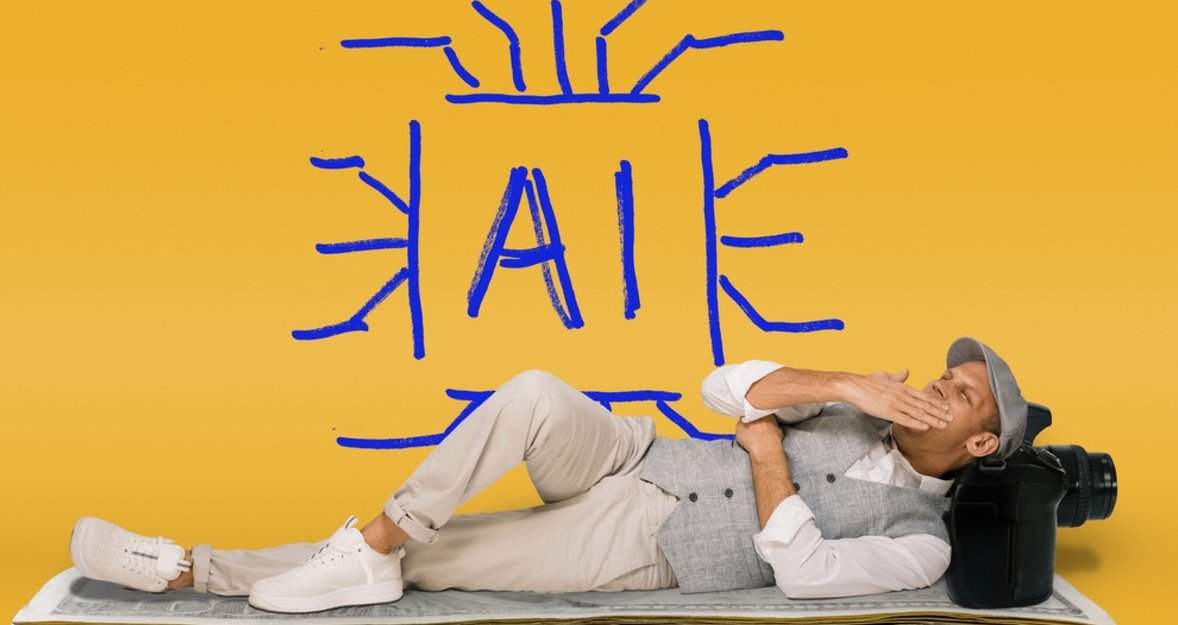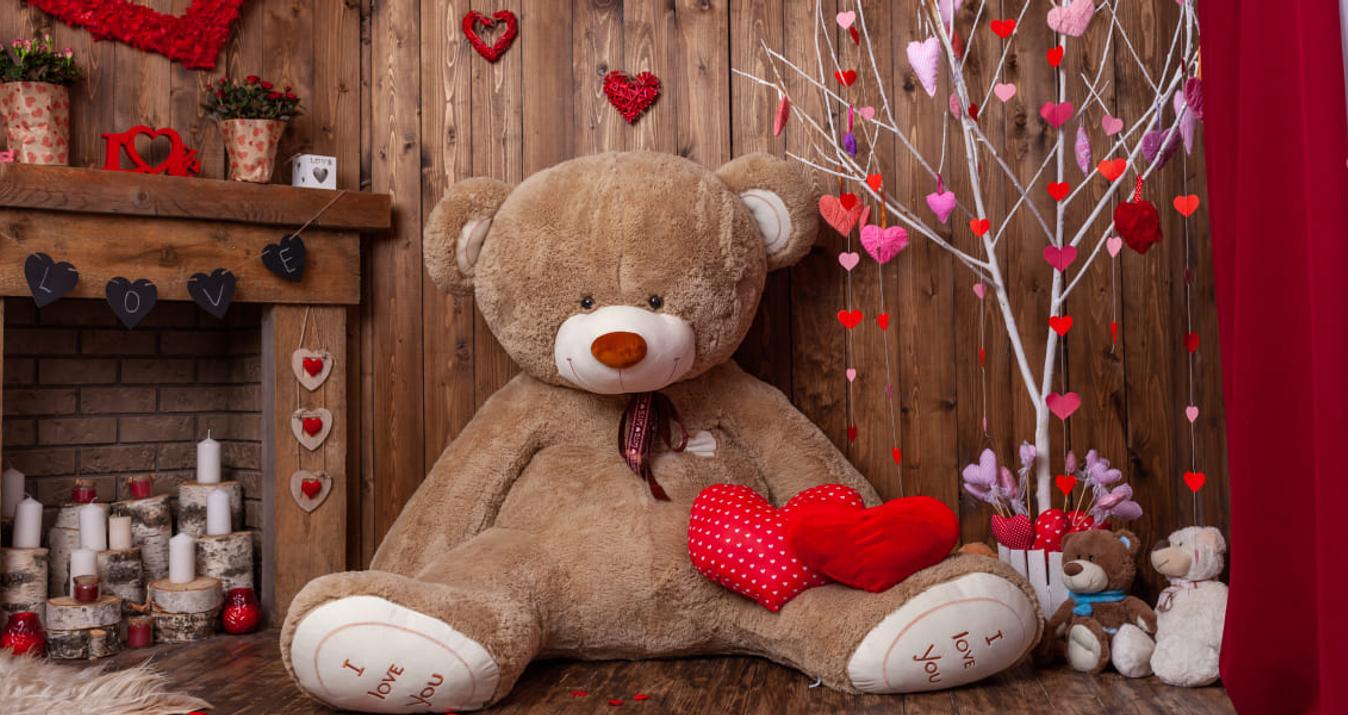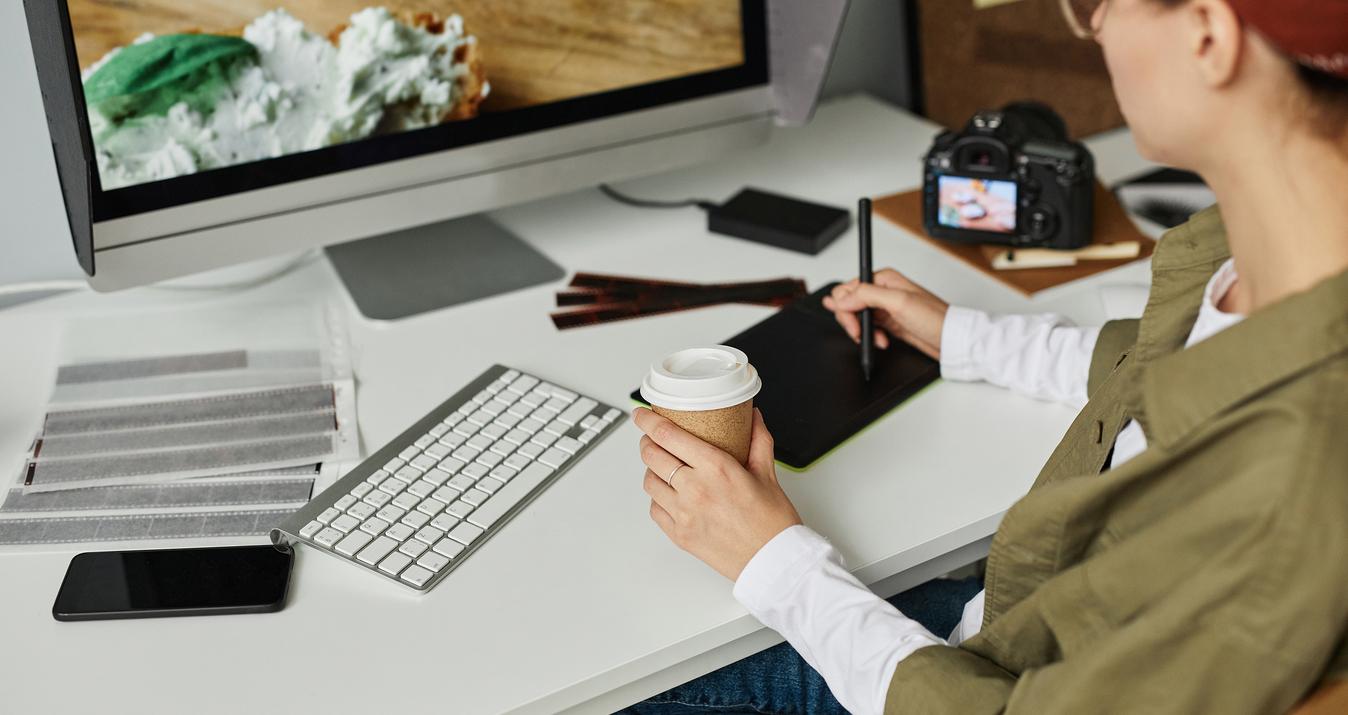Should Photographers Fear AI Or Use It Wisely?
July 10, 2025

Should photographers worry about AI replacing them? Or is it a chance to work smarter? Learn how to embrace AI while keeping your artistic voice.
The entire internet is buzzing about how AI is eliminating the demand for professionals. It is taking over some of the tasks typically performed by copywriters, programmers, designers, and advertisers. Only the lazy are not discussing the topic of artificial intelligence and photography.
Many people already do this: they take photos, edit them using AI, and get a glossy result for a poster or profile. The result is formulaic images, because only a real photographer can see and convey a unique shot.
The main task of AI is not to replace humans in their work. Its task is to help and optimize work. You can't escape progress. You will be replaced at work by younger and more advanced masters who have mastered new technologies. The ideal combination for a sought-after photographer is field experience and the integration of useful technologies.
Replacing Photography with Artificial Intelligence
 The question "how AI is changing photography" is trending on forums. Some believe that photography will change significantly. Others are convinced that AI is just another tool. It is already possible to increase image resolution without losing quality using Upscale AI in Luminar Neo. Tim Flach, a well-known photographer in some circles, believes that neural networks will never be able to replace artists. They will always be a working tool, since it is people who are the authors of ideas, images, and emotions in a frame.
The question "how AI is changing photography" is trending on forums. Some believe that photography will change significantly. Others are convinced that AI is just another tool. It is already possible to increase image resolution without losing quality using Upscale AI in Luminar Neo. Tim Flach, a well-known photographer in some circles, believes that neural networks will never be able to replace artists. They will always be a working tool, since it is people who are the authors of ideas, images, and emotions in a frame.
Exclusive Tools of Endless Possibilities in One AI Editor
Explore Now!AI can generate photos from scratch, and the output may resemble a genuine photograph. This type of image is already being featured in contests, advertising promotions, and even on social networks. In 2023, an AI image won the Sony World Photography Awards. After being awarded the prize, German photographer Boris Eldagsen, who authored this, admitted to accepting the prize and then turned it down.
AI can “imagine” and create a frame that did not exist. But AI does not feel the moment. The digital brain will never be there in person when the bride and groom laugh, when their hands tremble as they put the wedding ring on their finger. It cannot convey the tears of joy and sadness on the faces of parents as they look at their children. It cannot sense the warm smell of a newborn baby or the moment of unity in a new family. No algorithm can recognize these fleeting emotions, which are so dear to our hearts. AI helps with photo shoots and processing, but it cannot feel.
How Artificial Intelligence is Changing Photography Today?
 Artificial intelligence and photography are already used together in more than 50% of cases. AI is integrated into dozens of work processes that used to take hours but now take minutes, quickly, consistently, and predictably. This is no longer science fiction, but a working tool.
Artificial intelligence and photography are already used together in more than 50% of cases. AI is integrated into dozens of work processes that used to take hours but now take minutes, quickly, consistently, and predictably. This is no longer science fiction, but a working tool.
What AI capabilities can photographers use?
Skin retouching. Smart algorithms allow you to remove imperfections and even out tone and texture without creating an overly dry, "plastic" look. One such tool is the skin smoothing photo editor in Luminar Neo. Just turn it on, select the level of effect, and you're done.
Background replacement. AI understands where the person is and where the background is, and neatly separates one from the other, which is convenient for product photography, catalogues, and photos for documents.
Noise reduction. Night shots, shooting in difficult conditions, or at high ISO—all of this can be "cleaned up" without losing texture and detail.
Composition alignment. Programs like Photoshop suggest where the horizon is crooked or how to crop the frame for better balance.
Light optimization. AI evaluates the light that is radiating and modifies the shadows, making them weaker or, on the contrary, more emphatic.
The creation of neural networks in cameras can assist with autofocus techniques, exposure selection, and scene analysis. This helps the technology "understand" what you are shooting—a portrait, movement, or architecture. AI takes care of the routine so that the photographer can focus on the subject, the moment, and the atmosphere.
What Can Be Entrusted to AI?
 Neural networks successfully generate images, retouch them, and select the best shots. So will AI replace photographers if it never tires and works quickly? It all depends on the genre. In some areas, AI can take on most of the work. In others, humans are indispensable. Here is a brief overview of who is currently in charge:
Neural networks successfully generate images, retouch them, and select the best shots. So will AI replace photographers if it never tires and works quickly? It all depends on the genre. In some areas, AI can take on most of the work. In others, humans are indispensable. Here is a brief overview of who is currently in charge:
Genre | What AI does | What humans do |
Subject | Removes background, evens out lighting, helps with angles → photo background editor. | Arranges objects, adjusts lighting manually |
Stock | Generates "faceless" images on demand | Creates lively and unusual scenes |
Corporate | Quickly retouches and automatically takes headshots. | Communicates with people and creates a comfortable atmosphere during the shoot. |
Weddings | Sorts and processes photos in series. | Captures emotions, improvises, and builds a storyline. |
Reportage/ Live | Not yet capable. | Reacts to the moment, chooses what to shoot. |
Portrait/art | Models the face, corrects details. | Sees character, works with mood. |
AI excels at routine tasks—it cannot replace intuition, a sense of timing, and contact with a living person. And yes, a neural network can edit a photo. But to get that perfect shot, you need a photographer.
Your AI-Powered Photo Editor for MacOS and Windows
Discover Now!How to Use AI to Your Advantage?
Artificial intelligence and photography are not about competition, but about convenience. It has become an integral part of the workflow through cameras, programs, and applications. For catalogue and product photography, neural networks quickly cut out the background, even out the lighting, and make the images look neat. This means you can prepare many photos for your online store in a single day.
When you take hundreds of photos at weddings and other crowded events, you then need to review and process them. AI for photographers automatically sorts photos, adjusts colors, and creates a consistent style. Manual work is only required for most moments.
Current cameras, including those from Sony and Canon, utilize neural networks to detect eyes and faces, automatically adjusting focus and selecting the optimal exposure. This will come in handy when taking photographs of moving portraits or suspect shots.
The Luminar Neo effectively manages to denoise and sharpen images taken in low light. This enables you to capture high-quality images while preserving their natural appearance. Using various "smart" life hacks helps you get through your routine faster, take on more orders, and leave time for creative tasks and communicating with clients.
The Capabilities of Neural Networks in Photography
 AI is by no means the enemy of photographers—it can be a useful assistant. Will photography be replaced by AI? No, it will never substitute all the creativity, vision, and intuition that make a person a master. However, in routine tasks such as sorting, retouching, and basic processing, automation can be a valuable aid. This is a time-saving approach that leaves you with a wider range of options to engage with and be creative with clients.
AI is by no means the enemy of photographers—it can be a useful assistant. Will photography be replaced by AI? No, it will never substitute all the creativity, vision, and intuition that make a person a master. However, in routine tasks such as sorting, retouching, and basic processing, automation can be a valuable aid. This is a time-saving approach that leaves you with a wider range of options to engage with and be creative with clients.
Those photographers who stay up-to-date with the latest technology trends tend to be at the forefront; they are faster, deliver high-quality results, and are in high demand. Neglecting AI results in a loss of competitiveness. Do not become uncontrolled; work on yourself and utilise neural networks as a tool. By marrying AI and storytelling, new forms are created, and technology serves to supplement a story, rather than substitute for it. It is an era where the future resides in the hands of people who do not fear change and understand how to harness the best by utilizing technology.





